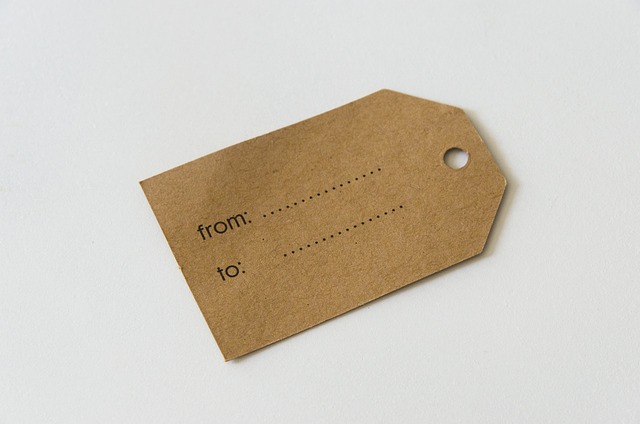Leeds residents with skin tags have several removal options, from at-home DIY methods to professional services. While over-the-counter solutions can be accessible and affordable, they pose safety risks and may not be effective for larger tags. Professional treatments like cryotherapy offer faster, more reliable results but come at a higher cost. Prioritizing safety and effectiveness is crucial; consulting a dermatologist in Leeds ensures expert guidance and long-lasting outcomes, especially for persistent or problematic skin tags.
Looking for effective skin tag removal in Leeds? This guide explores non-surgical options to safely and effectively get rid of these common skin growths. We break down the causes and characteristics of skin tags, delve into at-home and professional treatments, and provide insights on safety, effectiveness, and aftercare. Whether you choose a DIY method or consult a specialist, understand what to expect and when expert care is recommended for peace of mind.
- Understanding Skin Tags: Causes and Characteristics
- Non-Surgical Removal Methods: At-Home and Professional Options
- Safety, Effectiveness, and Aftercare: What to Expect and When to Consult a Specialist
Understanding Skin Tags: Causes and Characteristics
Skin tags, also known as acrochordons, are small, soft skin growths that typically appear in areas where skin rubs against itself. They are usually harmless and often go unnoticed, but some individuals may find them aesthetically troubling or irritated by their presence. Understanding what causes these tags is the first step towards effective management. Commonly occurring on the neck, armpits, and groin, they can vary in size from a few millimeters to half a centimeter.
Various factors contribute to the development of skin tags. Genetics play a significant role, as certain individuals are predisposed to them. Hormonal changes, particularly during pregnancy or puberty, can also trigger their growth. Additionally, skin tags often form due to chronic friction or irritation in specific areas. In Leeds Skin Tag Removal searches, individuals seek solutions to either eliminate these tags for cosmetic reasons or prevent further discomfort caused by persistent rubbing.
Non-Surgical Removal Methods: At-Home and Professional Options
There are several non-surgical removal methods available for skin tags, both at-home and professional options that offer effective solutions for those seeking to eliminate them without undergoing an invasive procedure. For minor cases or those preferring a more DIY approach, there are over-the-counter treatments and home remedies that can be considered. These often involve applying topical creams or using specific tools designed to gently remove the skin tags at home. However, it’s essential to proceed with caution and follow instructions carefully to avoid infection or scarring.
In Leeds Skin Tag Removal, professional services provide a more comprehensive solution. Dermatologists or qualified skincare specialists offer various techniques such as cryotherapy (freezing), cutting, or burning off the skin tags using specialized equipment. These methods are typically quicker and more effective for larger or more persistent skin tags but may come with slightly higher costs. Professional treatment ensures precise removal, reduces the risk of complications, and provides long-lasting results.
Safety, Effectiveness, and Aftercare: What to Expect and When to Consult a Specialist
When considering removing skin tags without surgery in Leeds, it’s crucial to prioritize safety and effectiveness. DIY methods available over the counter often involve topical creams or home remedies, which can be risky if not used correctly. These treatments may not always be suitable for everyone, especially those with sensitive skin, as they could cause irritation or allergic reactions. It’s essential to follow instructions carefully and consult a pharmacist or dermatologist if you have any concerns.
After attempting non-surgical removal, proper aftercare is vital. Skin tags may take several weeks or months to fall off completely, and during this time, it’s important to keep the area clean and moisturized. Monitoring for signs of infection like redness, swelling, or pus is also crucial. If a skin tag persists, causes discomfort, or changes in appearance (such as becoming tender, painful, or bleeding), it’s advisable to consult a specialist. A dermatologist in Leeds can offer safe and effective options, including cryotherapy (freezing) or surgical excision, ensuring the best outcomes for your specific case.
Whether considering at-home remedies or professional treatment for skin tag removal in Leeds, understanding your options is key. Both non-surgical methods have their pros and cons, and safety should always be a top priority. If your skin tags are causing discomfort or concern, it’s wise to consult a specialist who can offer tailored advice and effective treatments. Remember, proper aftercare is vital for the best outcomes, ensuring your skin remains healthy and clear of unsightly tags.
